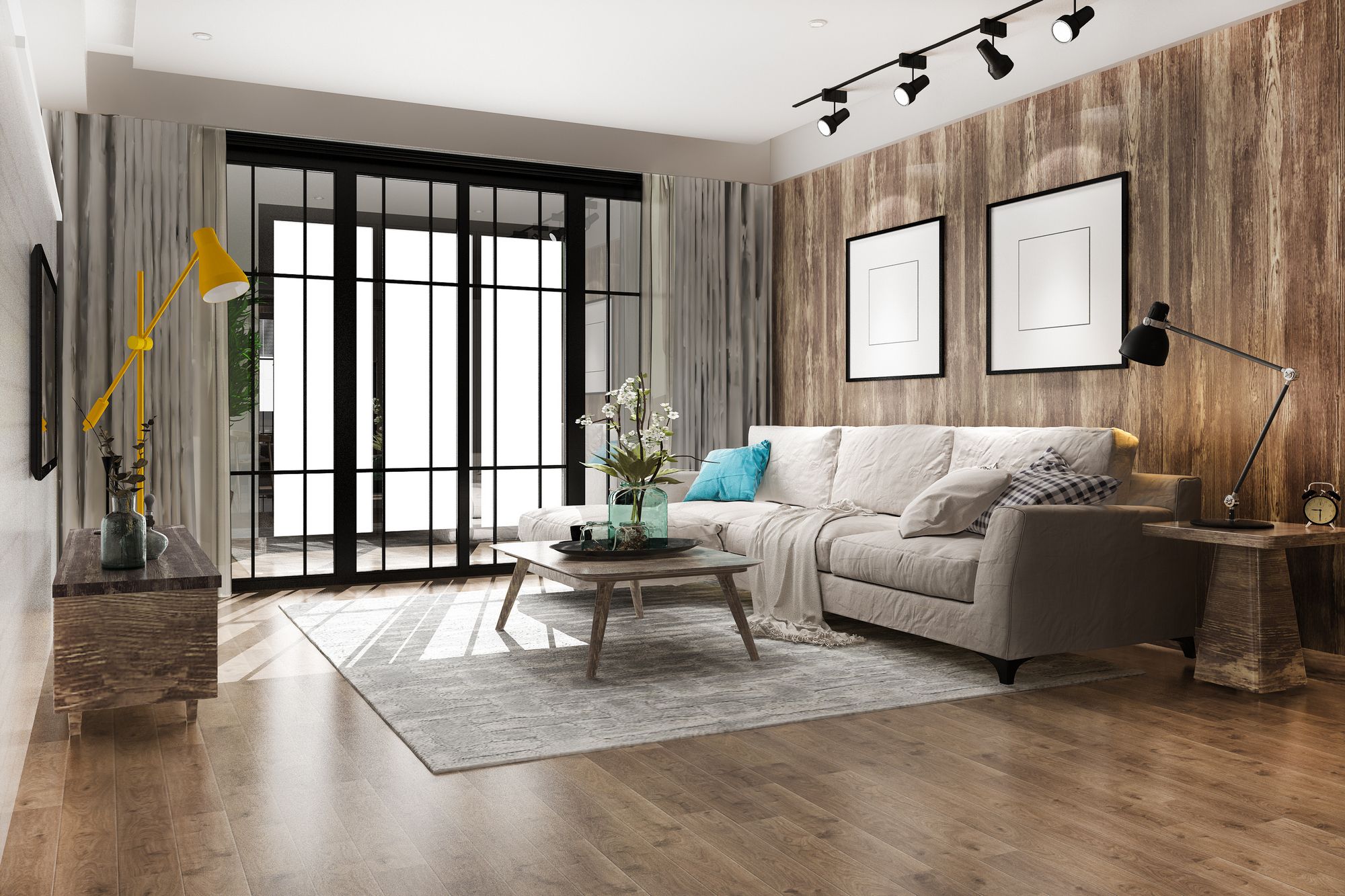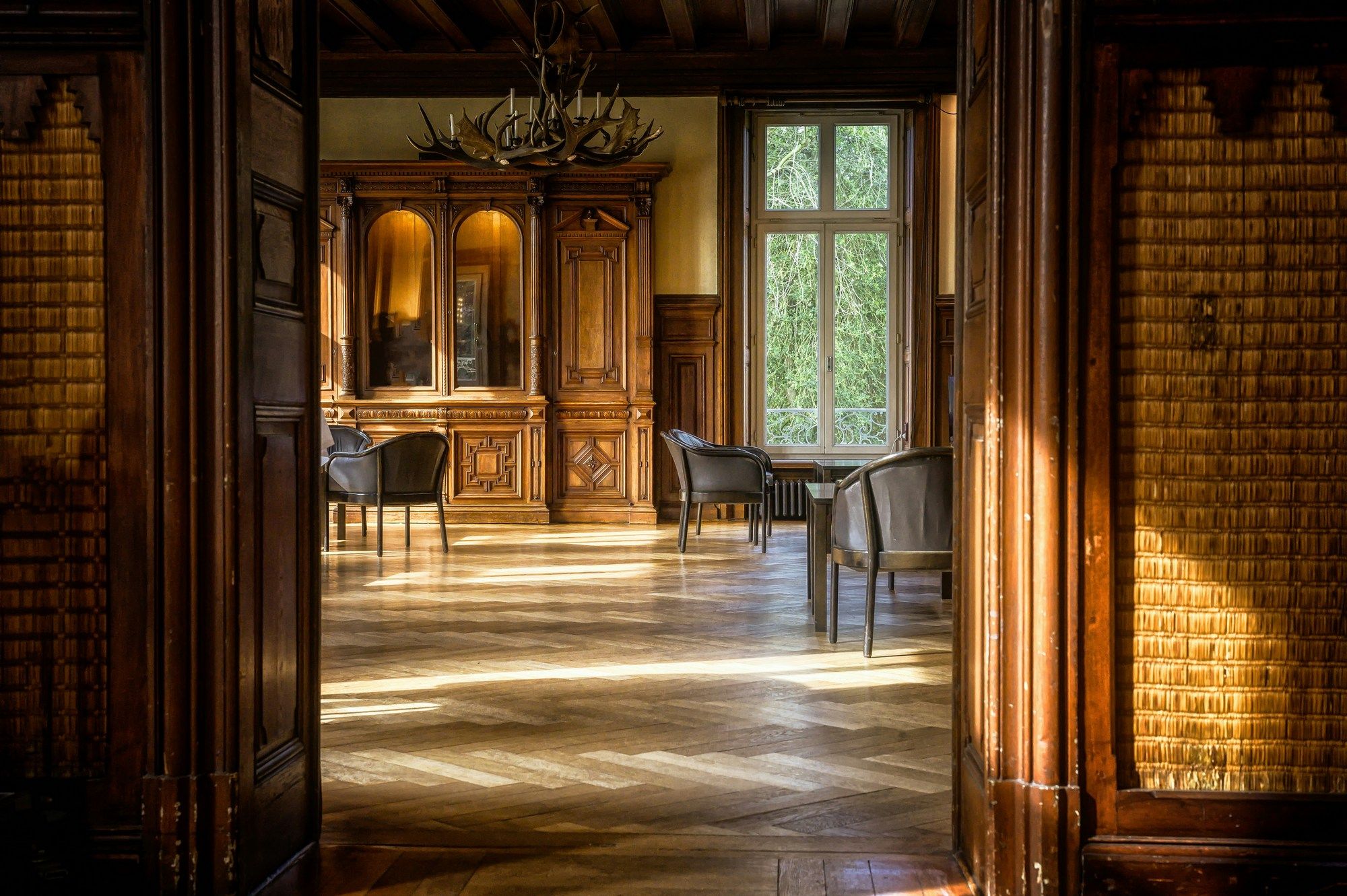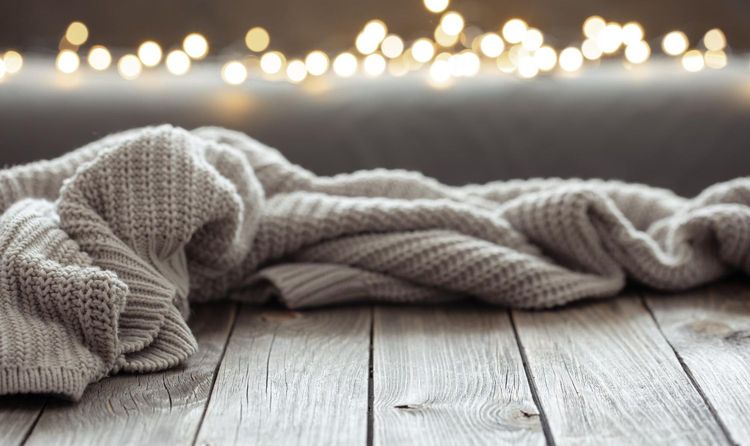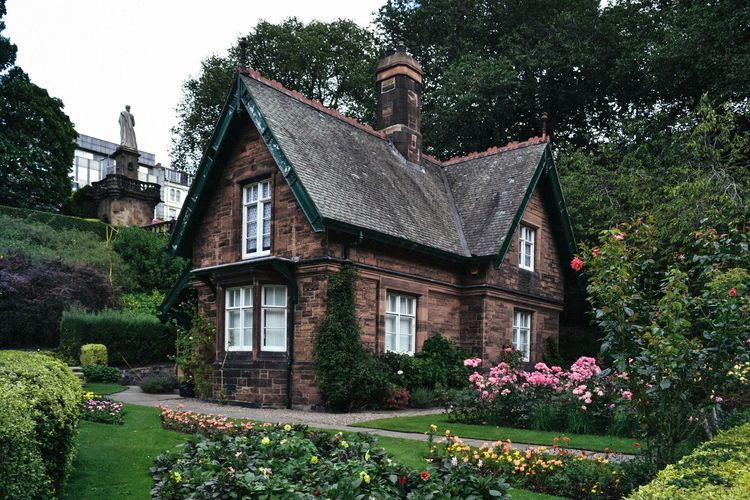The Lifecycle of a Wooden Floor: What to Expect Over the Years

A wooden floor isn't just a surface you walk on; it's a living, evolving element of your home. Unlike synthetic alternatives, solid and engineered wood floors change character, develop a patina, and tell the story of your life within its grains. Understanding the typical lifecycle of a wooden floor helps set realistic expectations and guides proper care, ensuring its beauty endures for generations.
Installation & The Settling-In Phase (Weeks 1-12)
The journey begins with installation. Whether nailed, glued, or floated, the wood needs time to acclimate to your home's specific environment (temperature and humidity) before installation to minimize initial movement. Even with proper acclimation, expect some initial adjustments:
- Minor Gapping: As the wood fully settles into its new environment, very small gaps might appear between planks, especially during drier months. This is normal expansion/contraction.
- Creaking (Possibly): Some slight creaking or movement sounds are common as the floor adjusts and secures itself to the subfloor. Significant noise usually indicates an installation issue.
- Finish Curing: The final protective coating (oil, polyurethane, etc.) needs time to fully cure and reach maximum hardness. Avoid heavy furniture and rugs for the time specified by the installer (often 1-4 weeks).

The Youthful Shine: Early Years (1-5 Years)
This is the "honeymoon" period. Your floor looks its freshest, with vibrant color and a high-gloss sheen (if applicable). Wear is minimal, but life happens:
- Initial Scratches & Dents: The first surface scratches from grit, pet claws, or minor impacts will appear. Finishes offer protection, but aren impenetrable armor. Janka hardness plays a role here.
- Establishing Routine: Consistent, gentle cleaning (vacuuming, dry/damp mopping with wood-specific cleaners) is crucial to prevent abrasive dirt buildup.
- Maintaining Humidity: Using humidifiers in winter and dehumidifiers/dehumidistats in summer helps minimize seasonal gapping and cupping.
The Golden Years: Maturing Gracefully (5-15 Years)
Your floor develops character. The initial high gloss may mellow to a softer sheen (or be intentionally maintained). Signs of a lived-in home become more apparent, but the core beauty remains strong:
- Visible Patina: The wood naturally darkens or lightens slightly with light exposure and age, developing a richer, deeper character.
- Accumulated Wear Patterns: Light scratches and minor dents become more noticeable, especially in high-traffic zones (hallways, kitchens). These tell your home's story.
- Maintenance Focus: Beyond cleaning, this phase might involve spot repairs of scratches or dents and recoating/refreshing.
Mid-Life Renewal: The First Refinish (15-30+ Years)
Depending on traffic, maintenance, and wear tolerance, the time comes when surface wear and finish degradation become too significant for spot fixes or recoating. This marks a major milestone:
- The Process: Professional refinishing involves sanding off the old finish and a thin layer of wood, then applying new stain (if desired) and protective finish. It essentially restores the floor to a "like-new" appearance.
- How Many Times? Solid hardwood can typically be refinished 5-10+ times over its lifespan. Engineered wood has a thinner wear layer, limiting refinishes (usually 1-3 times).
- Transformation: This process removes decades of scratches, dents, and stains, revealing fresh wood underneath. It's a significant investment but dramatically renews the floor's life.
The Distinguished Elder: Decades of Character (30+ Years & Beyond)
A well-maintained and periodically refinished wood floor can easily last 50, 75, even 100+ years. At this stage, it possesses irreplaceable character:
- Deep Patina & History: The wood's color transformation is complete, showcasing a unique warmth and depth impossible to replicate new.
- Nicks, Scars, & Stories: Minor imperfections become part of the floor's legacy, evidence of generations of family life.
- Continued Care: Vigilant maintenance (cleaning, humidity control) and potentially another refinish (if possible, especially for solid wood) keep it functional and beautiful. The focus shifts to preservation.

End of Life (Or Another Beginning?)
Eventually, even the most durable floor reaches a point where refinishing is no longer viable (wear layer gone, structural damage, excessive warping). However, wood is resilient:
- Replacement: The most common path. The old floor is removed and replaced with new wood or another material.
- Repurposing: Environmentally conscious homeowners might salvage planks for furniture, wall accents, or artwork, giving the wood a second life.
- Subfloor Discovery: Removing an old wood floor sometimes reveals an even older, potentially restorable wood floor beneath!
Embrace the Journey
The lifecycle of a wooden floor is a testament to its enduring value. It requires attention and occasional investment, but rewards you with unparalleled warmth, beauty, and a tangible connection to your home's history. Don't fear the scratches and patina – they are chapters in your floor's unique story. By understanding its journey and providing consistent, loving care, you ensure that story continues for many decades to come.



